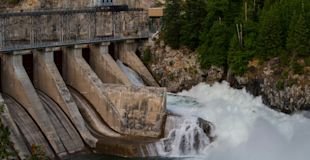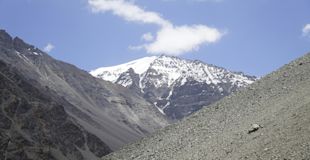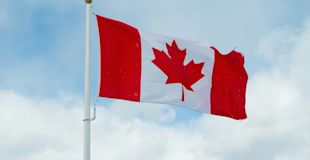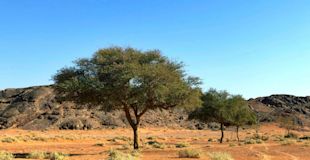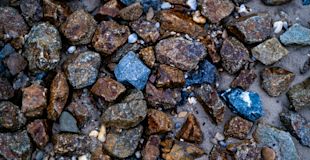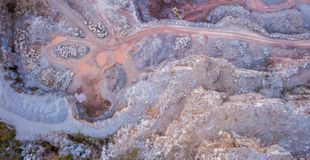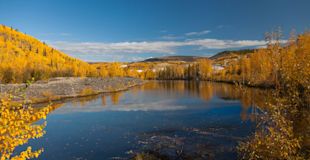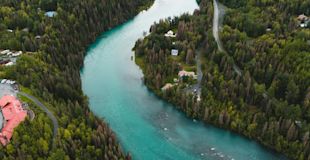Natural Resources Case Study
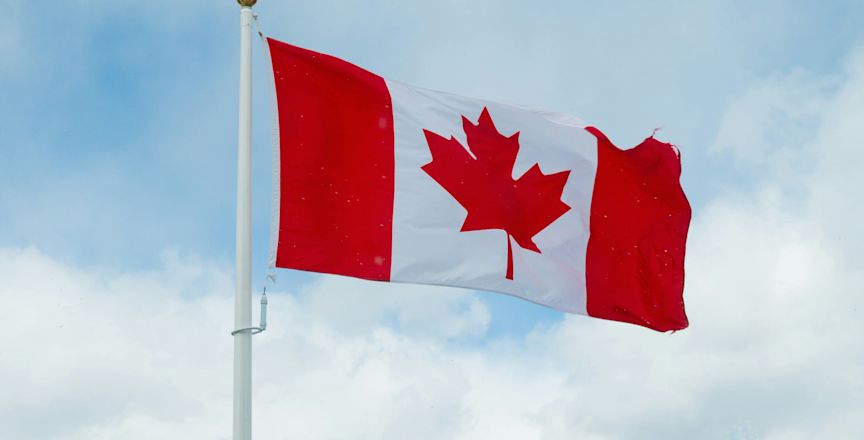
Growth of Indigenous Relationship Agreements
Relationship agreements (e.g., impact benefit agreements or collaboration agreements) between companies and Indigenous communities have become a common practice in Canada. There are currently over 500 such agreements in place in Canada. These legally binding agreements can set out the terms for how a company and community will work together and establish a framework for cooperation and collaboration.
While early agreements were more transactional in nature, modern agreements go beyond financial payments to compensate for potential adverse impacts and have become a means to facilitate Indigenous participation in the mining sector.
Tracking Indigenous Mining Agreements
Natural Resources Canada, the department of the Government of Canada responsible for natural resources, energy, minerals and metals, forests, earth sciences, mapping and remote sensing, tracks Indigenous mining agreements. Natural Resources Canada has published a database that includes information about signatories, agreement type, and project information for both active and expired agreements in Canada.
Development of the National Benefits-Sharing Framework
In 2019, the Government of Canada committed to developing a National Benefits-Sharing Framework (NBSF). Following this commitment, Natural Resources Canada engaged with First Nations, Métis, Inuit, and Modern Treaty governments, provincial and territorial governments, and industry on how to increase the participation of and improve the natural resources development-related benefits for Indigenous groups.
Benefits are defined as advantages gained by an Indigenous community, business, or individual resulting from economic activity in the natural resources sector. This may include financial, environmental, social, or cultural benefits.
Purpose and Scope of the NBSF
Natural Resources Canada is now developing the NBSF to ensure that First Nations and Métis Nation communities directly benefit from natural resource projects in or near their territories, and that Inuit communities benefit from natural resource projects in Inuit Nunangat, which refers to land, water, and ice of their homeland.
The NBSF aims to advance economic reconciliation by identifying opportunities to improve the quality and consistency of benefits that Indigenous communities derive from natural resource projects. It is important to note that “benefits sharing" is not to be conflated with “revenue sharing,” as the latter is out of the scope for the NBSF. Jurisdiction to collect natural resources royalties lies primarily with provincial and territorial governments.
